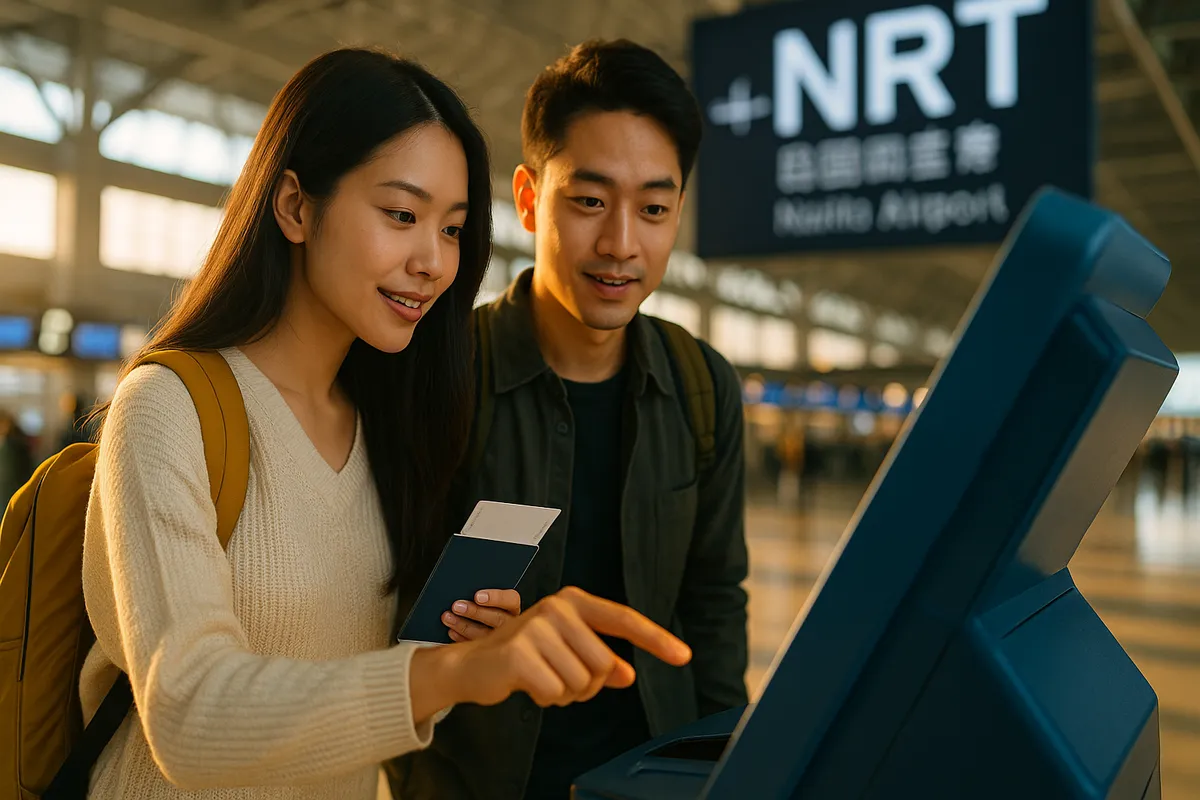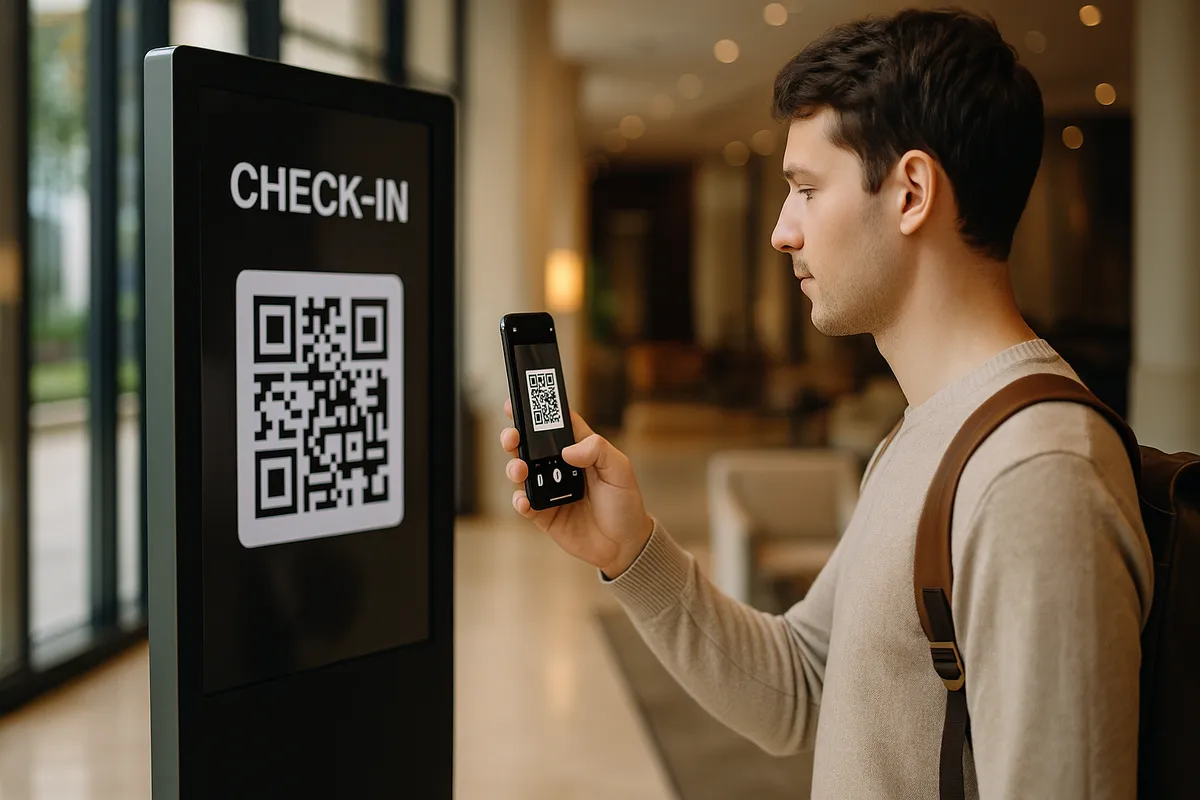Instructions for Check-in for transit at international airports
- Saturday, May 24, 2025, 12:51 (GMT+7)
Instructions for Check-in for transit at international airports
With the rapid development of connecting flights, international airport transit check-in has become increasingly common. However, many travelers especially first-time international passengers, elderly individuals, unaccompanied minors, or large travel groups often feel confused and encounter issues due to unfamiliarity with the procedures. From boarding gate confusion to being held back for missing immigration or security steps, minor mistakes can disrupt an entire journey and incur unnecessary costs. Understanding and following the correct transit check-in procedure not only saves time but also helps avoid awkward or stressful situations.
The transit check-in process begins right when booking the ticket. Passengers should carefully check whether their ticket is a through ticket issued by one airline or alliance, or two separate flight segments. With a through ticket, the airline usually handles baggage transfer and automatic transit processing. On the other hand, with separate tickets, travelers may have to reclaim their baggage, check in again, and even go through immigration at the transit airport.
Before departure, prepare all essential documents including passport, visa (if required), e-ticket, boarding pass (if available), booking reference, and QR code in case of online check-in. At airports with multiple terminals, passengers should double check the terminal for their connecting flight to plan timely movement between areas.
At the initial airport, international travelers should arrive at least three hours before departure. At the check-in counter, ask clearly whether the checked baggage will be sent directly to the final destination. If not, retrieve the baggage at the transit point and restart the process. The baggage tag will state the final destination so check carefully to prevent loss.
Once check-in is complete, proceed through security, immigration, and board the plane as usual. After landing at the transit airport, the first step is to check the flight information display to confirm the connecting gate. At large airports like Incheon, Changi, Narita, or Doha, moving between terminals can take 30 to 60 minutes. Always allow at least 90 minutes for international transit to avoid missing the flight.
If the connecting flight is operated by the same airline and under a through ticket, rechecking in is often not needed. Still, gate numbers can change, so verify again. If a boarding pass for the next leg is not yet issued, go to the Transfer Desk to collect it. For some airlines like Emirates, Qatar Airways, or Singapore Airlines, boarding passes for both segments are usually provided at the first airport.
If baggage must be collected and check-in repeated at the transit airport, passengers need to go through immigration, claim luggage, exit the transit zone, and recheck in as a new passenger. This adds extra time for immigration, security screening, check-in lines, and may require a transit visa depending on the country. For example, transit in China, Australia, or the United States may require a visa even for connection purposes.
Some special notes: If traveling in a group with the same booking reference, try to check in together to ensure nearby seats and prevent baggage handling errors. Elderly passengers, unaccompanied minors, or those unfamiliar with technology should prioritize checking in at the counter rather than relying on self-service kiosks or apps to avoid tech-related delays.
Many travelers forget to verify the QR code sent via email or app after online check-in. Some airports require this code for entering the waiting area or processing baggage. Common mistakes also include misspelling names during check-in, not matching the passport, or using invalid documents such as expired passports, incorrect visas, or booking references from the wrong airline. These errors can lead to denial of boarding or long delays with added correction fees.
During transit, if the check-in app fails, immediately go to a priority desk or Transfer Desk for help. If lost in the airport, look for signs labeled “Transfer” or symbols showing connecting flights, or ask uniformed airport staff for assistance. If baggage is lost during transit, report it immediately to the Lost and Found desk or the airline service desk for official confirmation and request forwarding to the final destination.
Some quick tips to remember:
If switching between terminals, use electric carts, shuttle buses, or internal trains instead of walking to save time
If online check-in fails, do not retry too many times. Go directly to the service counter
Always keep essential documents in the outer pocket of your carry-on, never in checked luggage
For layovers longer than six hours, you may need to report or request transit approval as required by local laws
Take photos of your ticket, QR code, and baggage for backup proof in case of incident
Depending on the airline and transit country, procedures may vary. For example, airlines like Vietnam Airlines, Turkish Airlines, or Lufthansa often allow check-in to the final destination even with alliance combination tickets. In contrast, budget carriers like AirAsia, Scoot, or Cebu Pacific usually require passengers to recheck in completely at the transit point unless an extra connection service is purchased.
In summary, transit check-in is not difficult but requires careful planning and proactive preparation. Remember to verify your ticket type, confirm baggage transfer, know your stopover and next flight details, always carry necessary documents, and keep updated with airline information changes. A single mistake can cost a connection and lead to wasted money and time. In international travel, knowing and correctly following the transit check-in procedure is your safest ticket to a smooth journey from start to finish.

 CHECKIN.VN
CHECKIN.VN








Share on